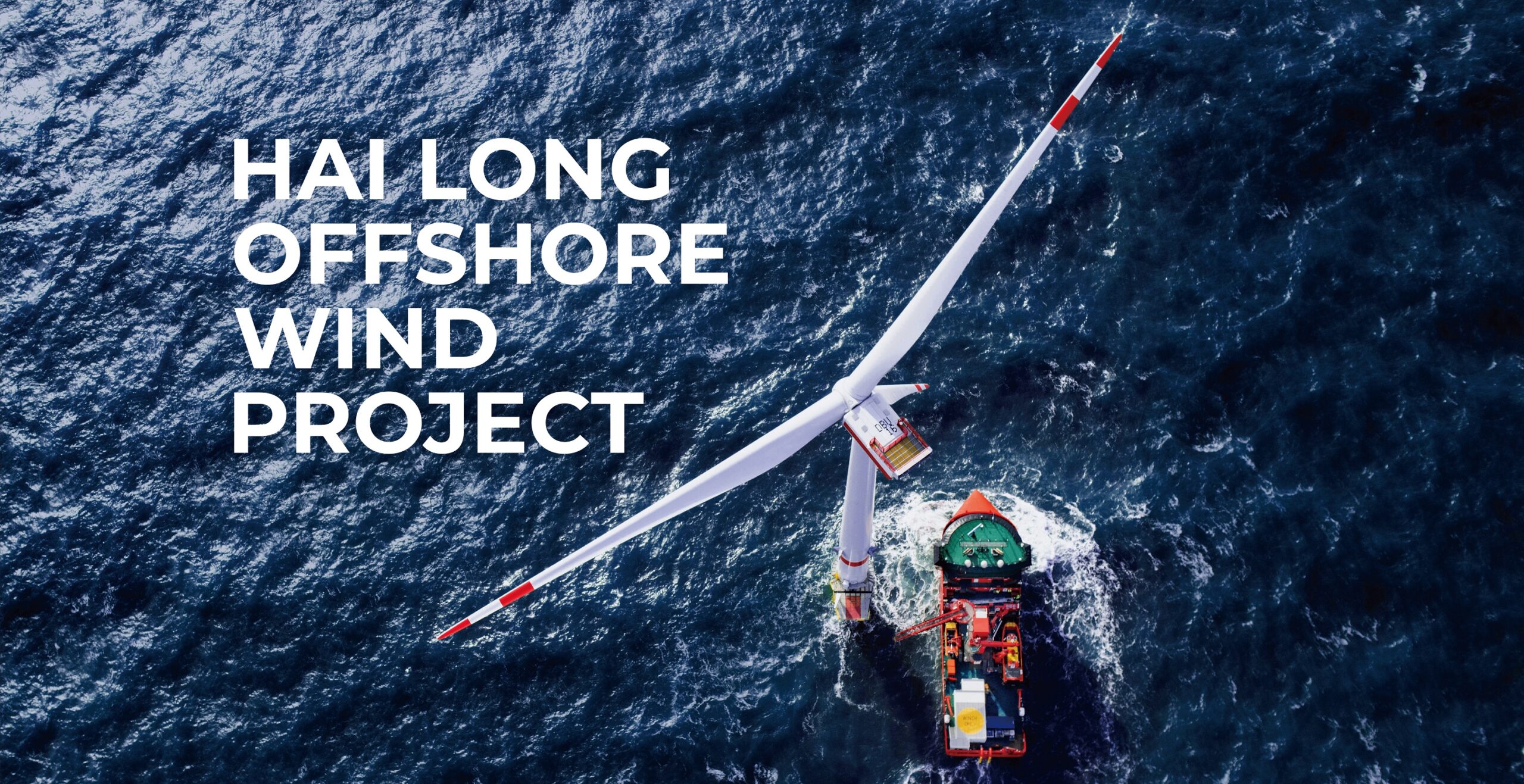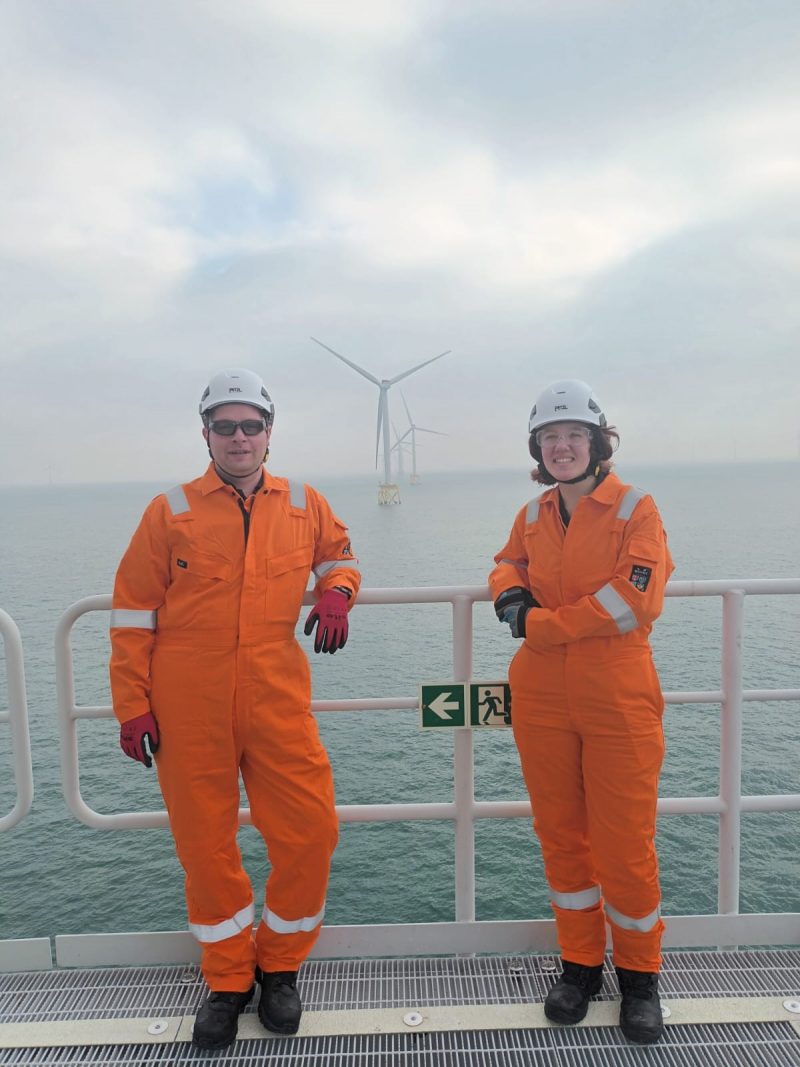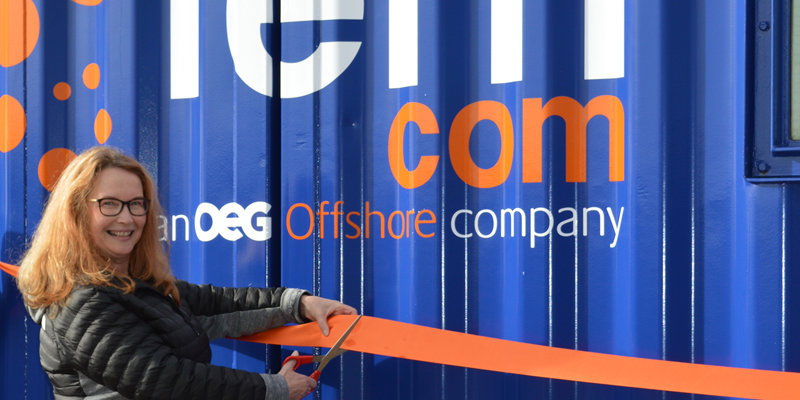Fern Communications Ltd, a leading provider of two-way radio communications systems to the international upstream oil and gas industries, says that for the first time its FRX-1 radio repeater underwent field trials in the Gulf of Mexico. Flagship vessel, the Deep Blue. The vessel, which is capable of installing flexible pipe at depths to 2,950 m, is the world’s largest deep sea underwater pipe lay and construction vessel. Technip crews experienced uninterrupted radio communications while working offshore in the Gulf of Mexico.

Throughout the trial, the FRX-1 performed very well, supplying continuous radio signals and uninterrupted radio communication, so we were pleased with the outcome,
said Patrick Kelly, Instrument Technician for Technip. Because the FRX-1 effectively bends a radio signal around solid structures found onboard large vessels that oftentimes block a signal, the outgoing signal is capable of reaching its target destination: the receiving radio located on the other side of the structure.
Impressed by the performance of the radio repeater onboard the Deep Blue, Technip is currently in discussions with Fern Communications about making its waterproof radio repeater known as the FRW-1, a standard component of its onboard communications equipment.
Reliable Radio Communications
The first portable radio repeater in the oil industry, the FRX-1 fills a gap in the market for a system that provides consistent, uninterrupted radio communication. Reliable radio communications are critical to the safe and efficient delivery of well services, especially offshore. Unfortunately, standard radio systems are extremely vulnerable to ‘black spots.’ Typically, these are solid structures that make up the platform and block radio signals, making it impossible for the targeted receiving radio to receive the signal. The upshot is that radio communications consistently break down in certain areas. In an effort to solve this problem, Fern Communications developed the FRX-1 radio repeater. Today, it is the only system of its kind that effectively bends the radio signal around a solid structure so that it reaches its target destination: the receiving radio located on the other side of the structure. For the first time, two-way radio communication is truly reliable, which bodes well for improving productivity, and enhancing health and safety standards.







